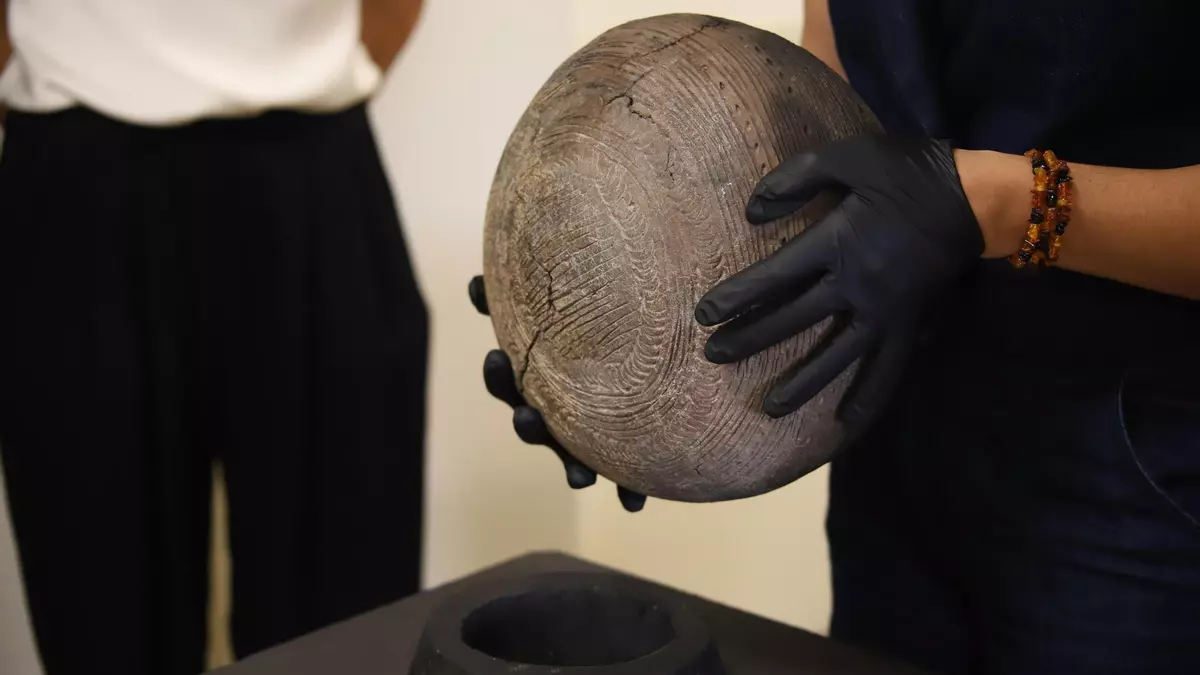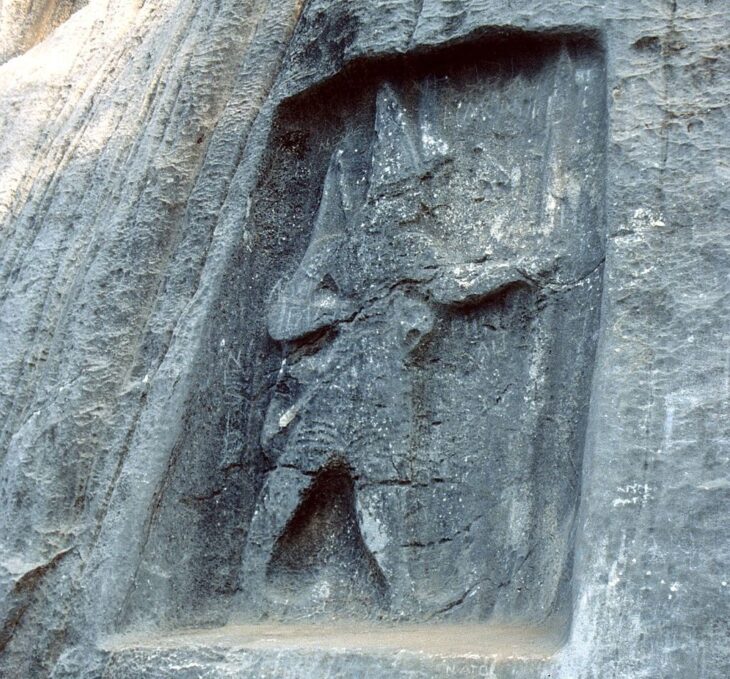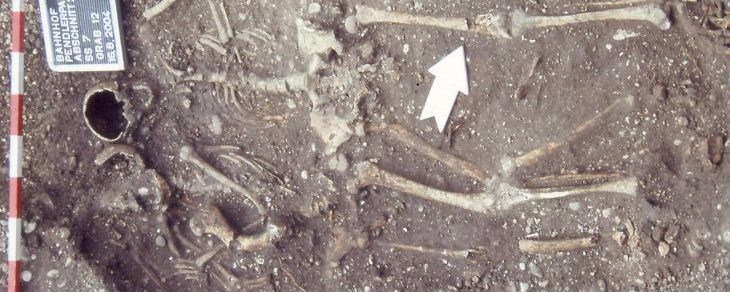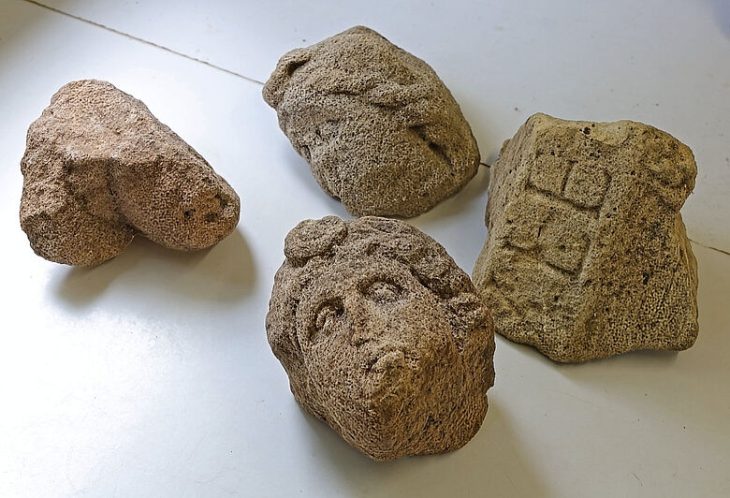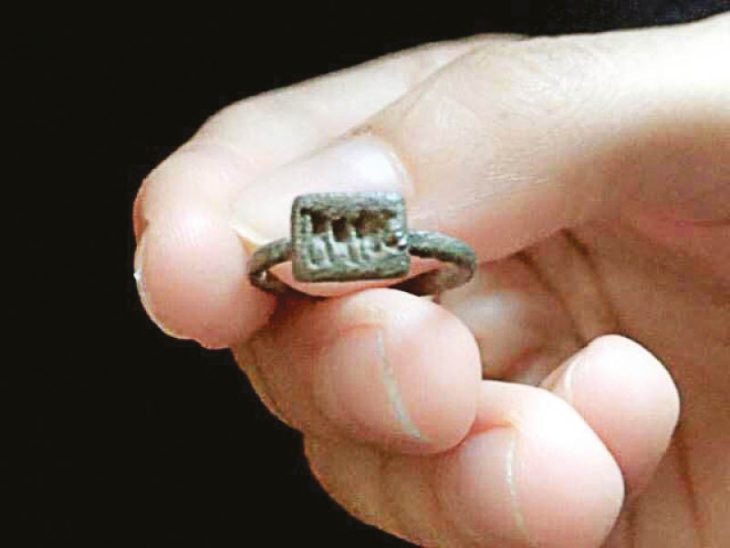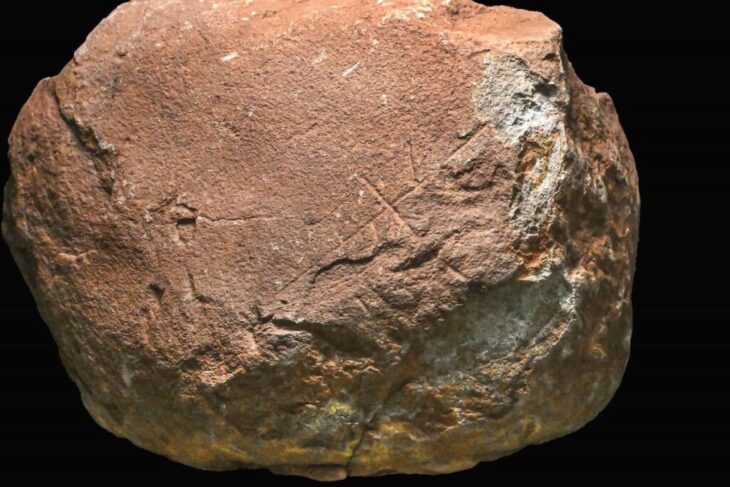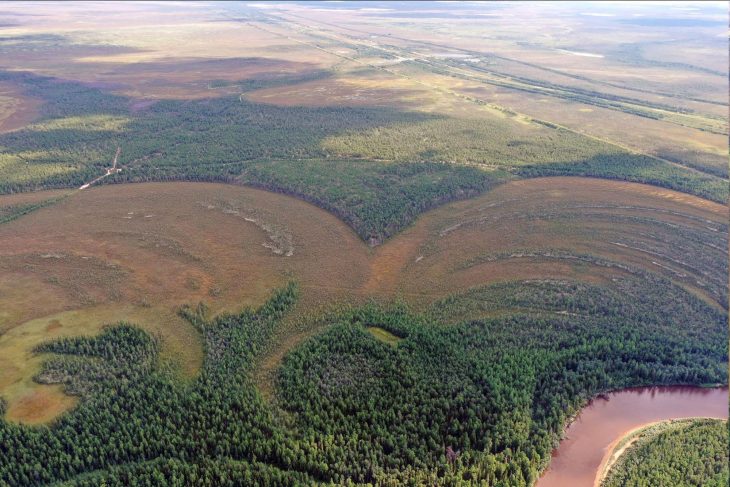A remarkable archaeological discovery in Tijarafe, a municipality on the northwestern coast of La Palma in Spain’s Canary Islands, has captured the attention of historians and archaeologists alike. A fully intact Benahoarit ceramic vase, dating from the 13th to 15th centuries, was unearthed in a funerary cave within the Barranco de Los Gomeros, providing an unprecedented glimpse into the island’s pre-Hispanic culture.
The find was made during the ongoing Proyecto Occidente, a nine-year initiative focused on studying the northwest region of La Palma to better understand the lifestyle, rituals, and material culture of the Benahoarit people, the island’s original inhabitants. Archaeology student Lourdes Barroso discovered the vase while surveying caves and ancient spaces. Crucially, she did not handle the artifact, reporting it directly to the project’s technical co-director, archaeologist Francisco Caamaño.
“This is an extraordinary find,” Caamaño explained. “Complete ceramic vessels are extremely rare; most excavations yield only fragments. Preserving the vase in its original context allows us to study it as it was intended, offering direct insight into the practices of the Benahoarit.”
Contextual Significance
Preliminary analysis indicates the vase was placed in a funerary cave, corroborated by the presence of human remains alongside it. This context suggests that the vessel played a ceremonial or ritualistic role, potentially linked to burial practices or offerings.
According to Jorge Pais, Head of Historical Heritage at the Cabildo of La Palma, “It is extremely valuable to recover artifacts intact and in situ. Unlike the majority of pieces in the Museo Arqueológico Benahoarita, which are often removed from their original context, this vase allows us to interpret its cultural significance directly.”
📣 Our WhatsApp channel is now LIVE! Stay up-to-date with the latest news and updates, just click here to follow us on WhatsApp and never miss a thing!!
Benahoarit ceramics are recognized for their rounded bases, wide mouths, and smooth surfaces. They were both practical and symbolic, used in daily domestic life for storage and food preparation, but also in ceremonial settings, particularly in funerary practices. The Tijarafe vase exemplifies these characteristics, revealing the skill and aesthetic sensibilities of the island’s indigenous people just before European contact.
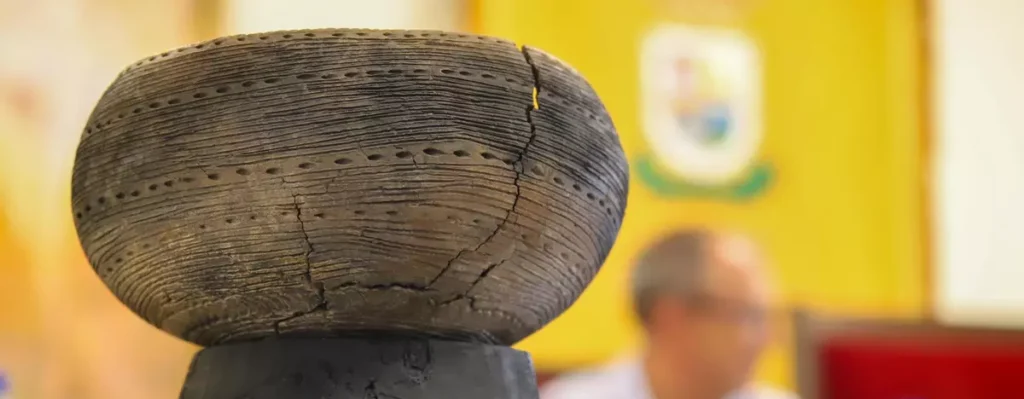
Archaeological Process and Challenges
The discovery was made during a carefully planned survey of caves along the coast. Maintaining the integrity of the site required meticulous planning and patience.
“Finding an intact vase in a funerary cave is rare,” Caamaño noted. “It provides a snapshot of cultural practices that are otherwise difficult to reconstruct from fragmented artifacts.” The project team emphasizes that context is critical: understanding where and how objects were deposited informs both historical interpretation and conservation efforts.
Broader Implications
The intact vase adds to the understanding of Benahoarit material culture and the island’s pre-Hispanic funerary traditions. It offers researchers a tangible connection to the daily and spiritual life of a society that thrived centuries ago. Such discoveries also inform museum curation, ensuring that exhibited artifacts are contextualized, rather than isolated, enhancing public understanding of the Benahoarit heritage.
The discovery of this vase is a reminder of the richness of La Palma’s indigenous history. Each excavation contributes to a more nuanced understanding of the island’s past, revealing the sophistication of its early inhabitants. For the archaeological community, the Tijarafe vase represents not only a rare find but a vital piece of the puzzle in reconstructing Benahoarit society and cultural practices.
Cover Image Credit: EFE / LUIS G MORERA

